ARTICLE AD BOX
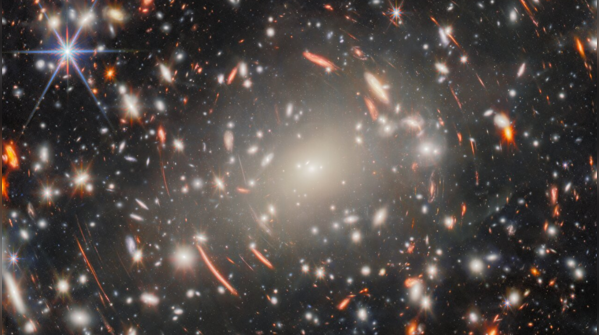
1/7
Look into 'distant past'
James Webb telescope, technically advanced than Hubble telescope, has released new pictures of the colossal galaxy cluster Abell S1063, a gigantic collection of galaxies lying 4.5 billion light years from Earth. This is May's picture of the month (Image: Nasa)
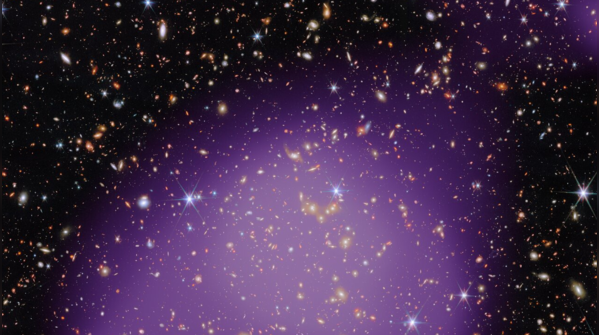
2/7
Webb captures galaxy group
James Webb telescope's picture of April revealed an astounding number of galaxies ranging from our very own Milky Way to galaxies light years away. This image of the galaxy group represents how the Universe used to look 6.5 billion years ago. (Image: Nasa)
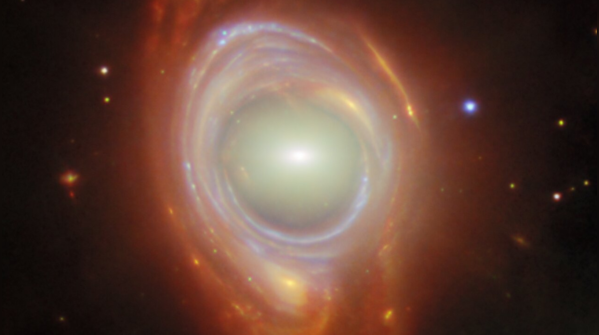
3/7
Cosmic lens spies spiral
For the "picture of the month' in March, Nasa released a rare picture of a phenomenon known as the Einstein ring. What initially appears to be a strangely shaped single galaxy is actually two galaxies that are quite distant from each other. (Image: Nasa)
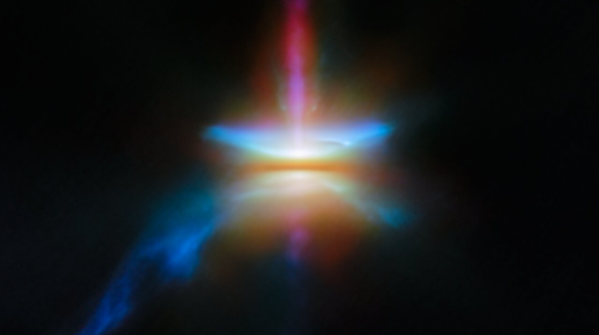
4/7
Webb investigates dusty and dynamic disc
The James Webb Space Telescope's picture of the month for February presented the HH-30 in unprecedented resolution. The Herbigo-Haro objects are small nebulae that are found in star-formation regions. The Nasa/ESA has discovered the HH-30 quite early on and is considered the prototype of an edge-on disc. (Image: Nasa)

5/7
Webb visits star-forming spiral
In the month of February, the 'picture of the month was also awarded to an image of the faraway spiral NGC 2283 galaxy. Residing in the Canis Major constellation, the galaxy is approximately 45 million light years away from us. (Image: Nasa)
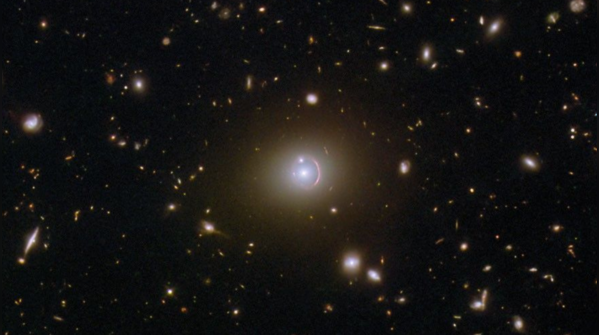
6/7
Galaxies lightyears away
In May, the Hubble telescope released a picture of a different galaxy, known as HerS 020941.1+001557, as it appeared 11 billion years ago. Along with SDSS J020941.27+001558.4 and SDSS J020941.27+001558.4, it forms a partial ring captured through gravitational lens, also known as the Einstein Ring.
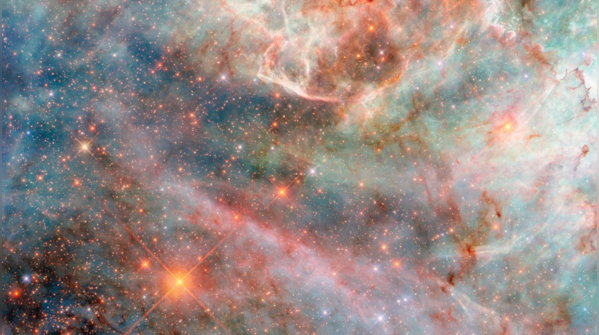
7/7
Cotton candy clouds
Hubble telescope released another picture, this month, featuring a gigantic cloudscape, Large Magellanic Cloud is a dwarf galaxy and the Milky Way's neighbour. It is located in Dorado and Mensa constellations and is around 160,000 light years away from Earth. (Image: Nasa)
Follow Us On Social Media



.png)
.png)
.png)
















 5 days ago
10
5 days ago
10









 English (US) ·
English (US) ·